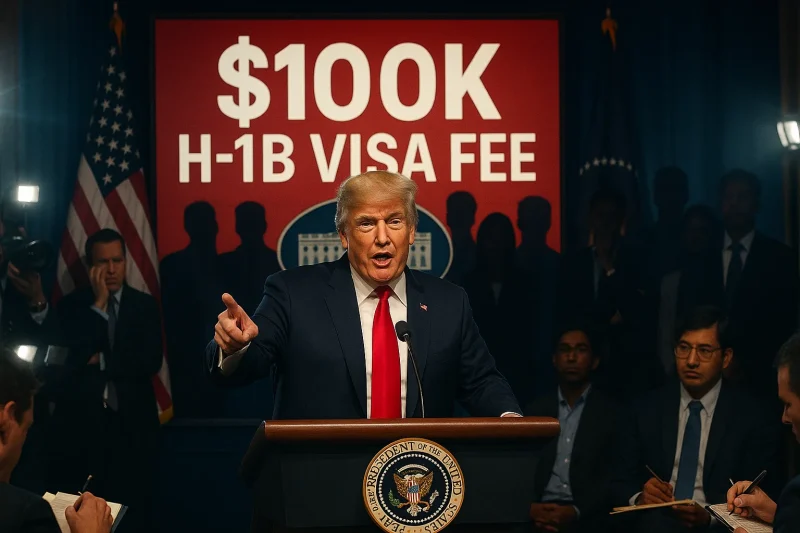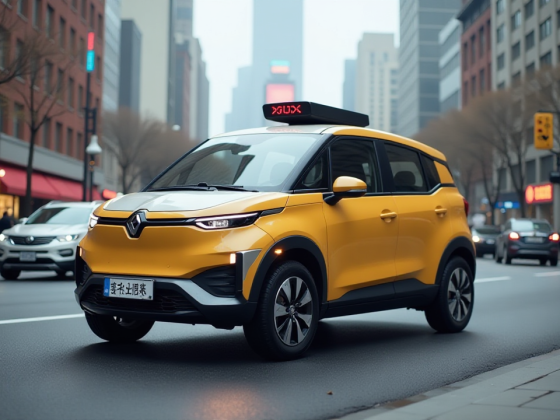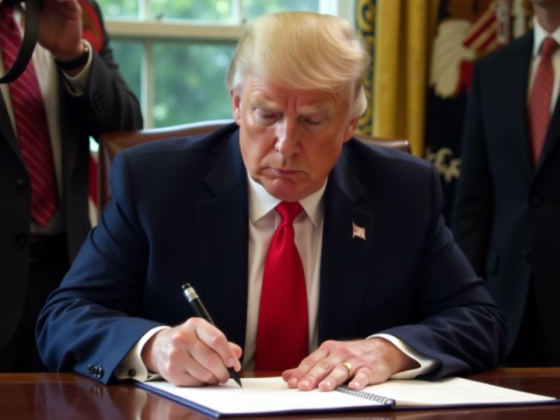US President Donald Trump has thrown a curveball into America’s high-skilled immigration system.
On Friday, he announced a $100,000 annual fee for companies seeking to sponsor H-1B visa workers, a seismic jump from the existing $215 charge.
Pitching the move as a way to ensure that only “exceptional talent” fills American jobs, Trump’s proclamation marks the boldest crackdown yet on the country’s most coveted work visa for foreign professionals.
The news has tech giants, international workers, and policymakers all scrambling, with swift reactions across boardrooms and immigrant communities.
Trump says the plan will “put Americans first,” but the ripple effects are just beginning to play out.
What’s behind Trump’s plan?
The sharp fee hike fits with Trump’s broader campaign to tighten US immigration, especially programs he claims are being abused by companies seeking cheaper labor.
Officially, this new policy is designed to push American firms to hire US graduates first and reserve H-1B sponsorship for only the most “highly skilled and nonreplaceable” foreign professionals.
Commerce Secretary Howard Lutnick was explicit: firms should “train Americans instead of bringing in individuals to take our jobs.”
The administration frames the strategy as a path to higher wages for US workers, fewer “entry-level” foreign hires, and the protection of national security, citing instances of visa fraud and money laundering tied to outsourcing companies.
Meanwhile, Trump’s team insists big tech companies support the move, though the largest beneficiaries: Amazon, Google, TCS have been quiet so far.
Leaders in Silicon Valley and the startup sector are raising red flags, arguing the move will turn the H-1B into a “luxury permit” for only the wealthiest firms.
Critics warn the fee could squeeze out startups and discourage skilled talent from around the world, at a time when the US is already facing stiff competition for global brains.
In public remarks, Trump doubled down, saying, “we need great workers, and this pretty much ensures that’s what’s going to happen”.
How this might impact the US economy?
Putting a six-figure price tag on H-1B visas could hit the US tech industry, university labs, and even healthcare systems, all of which rely on international talent to fill gaps in critical roles.
Tech companies, especially those hiring at scale, will face ballooning costs: one analyst estimates a firm sponsoring 10 specialists could pay $1 million extra each year just in fees.
As larger firms absorb the costs, smaller businesses and startups may find themselves priced out of the global talent market altogether.
That said, some argue the sky-high fee could push companies to double down on hiring and training American graduates, potentially boosting domestic employment in STEM fields.
But doubters say it’s not that simple, the US doesn’t have enough homegrown engineers to fill all the jobs.
Experts caution a labor shortage and slower innovation could become the new normal, with ripple effects on wages, productivity, and America’s standing as a tech powerhouse.
Some may respond by moving jobs offshore, accelerating automation, or shifting R&D out of the US, hurting both competitiveness and diversity.
The post Why Trump raised H-1B fees to $100K and what it means for the economy appeared first on Invezz


